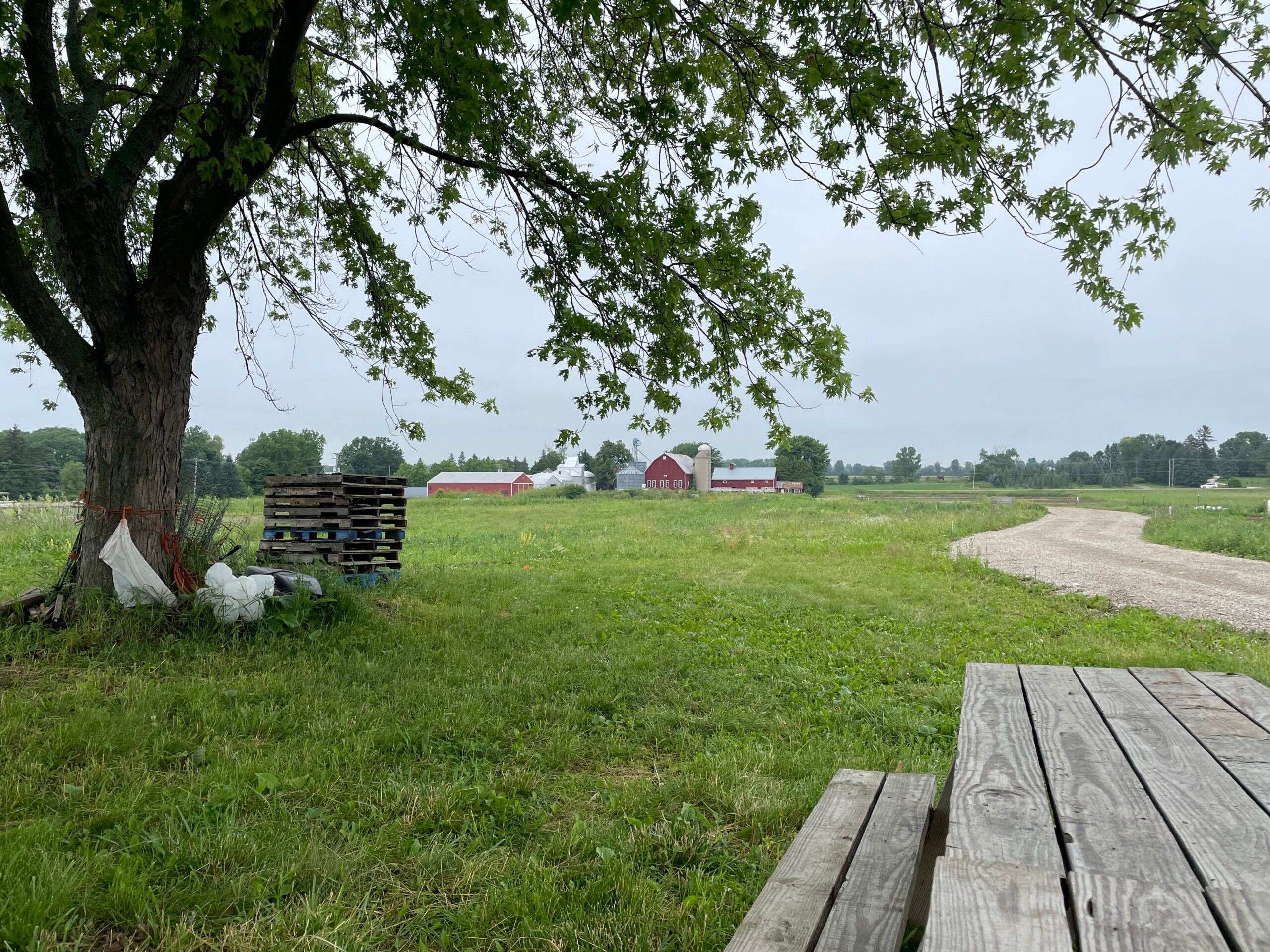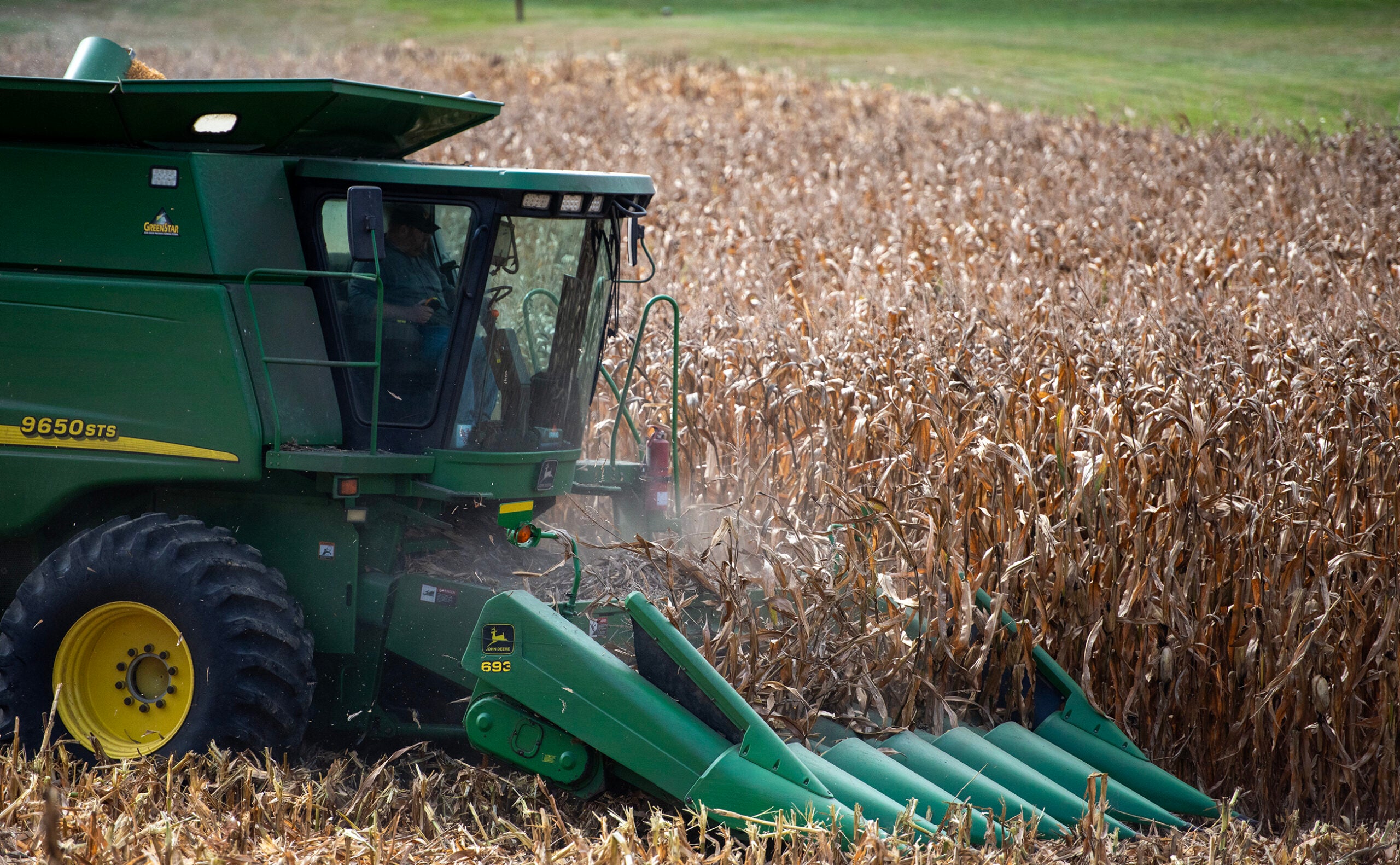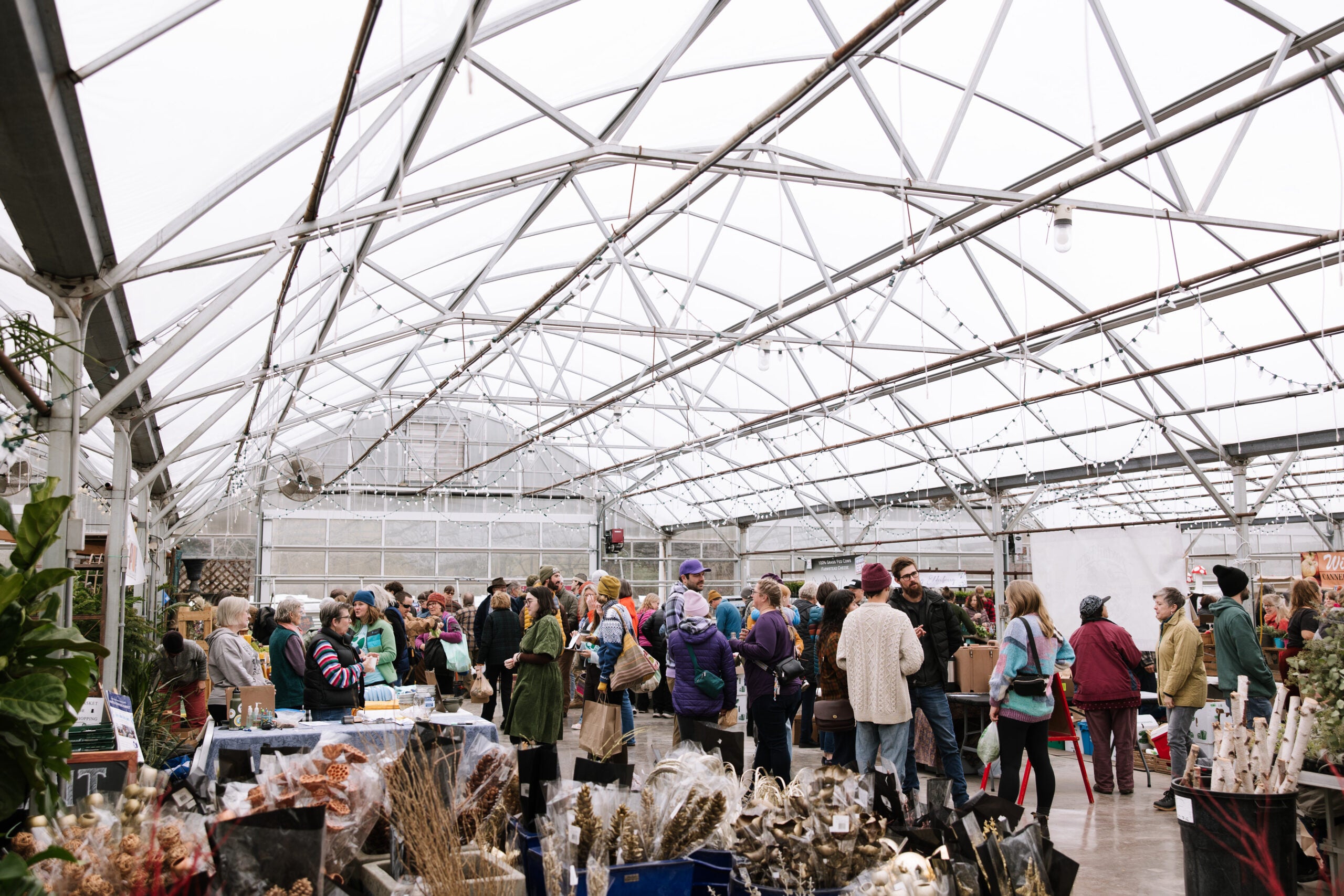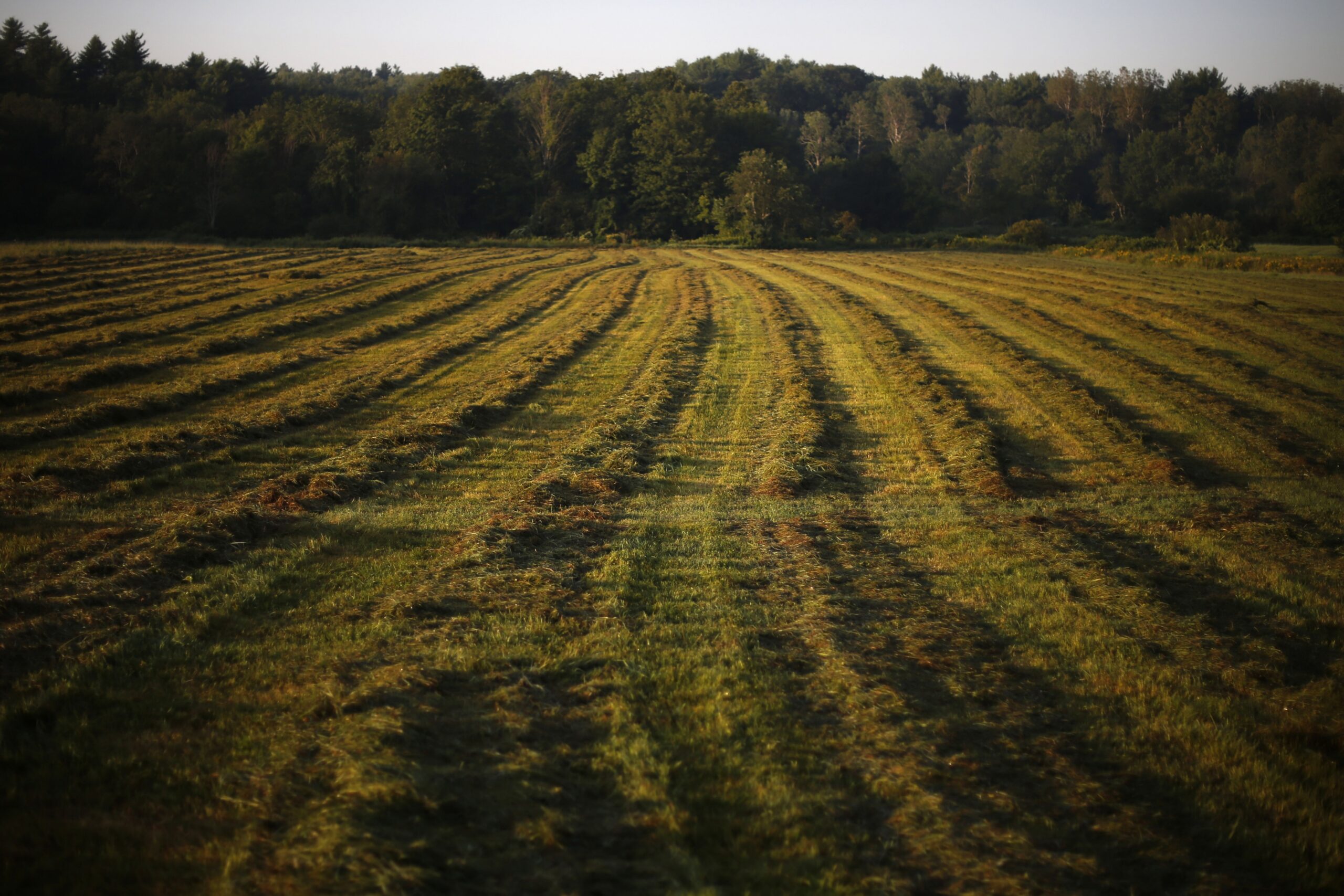On an overcast June day, along a rural road in Ozaukee County, 45-year-old Vang Lee put new strings on his pea trellises.
Across the street behind him, bulldozers moved dirt for a new housing development.
One mile outside Milwaukee, 25 farmers — most of them Hmong — grow produce at the Mequon Nature Preserve. They’re part of a project by a Milwaukee farmer’s market that broke ground at the preserve in 2018, aiming to relieve the pressure of dwindling affordable farmland on the market’s vendors.
News with a little more humanity
WPR’s “Wisconsin Today” newsletter keeps you connected to the state you love without feeling overwhelmed. No paywall. No agenda. No corporate filter.
Lee and his 75-year-old mother are part of that group. Lee’s mother immigrated to the U.S. from Laos during a wave of Hmong migration to Wisconsin.
“The Hmong people, we were originally farmers in the mountains of Laos,” Lee said.
His family settled in Milwaukee, where Lee was born and raised.
“When we came here, we tried to grow the type of vegetables that we normally eat,” Lee said.
His mother started selling her produce at farmer’s markets. Lee would help her out. Eventually, he left his job as a youth counselor and “got to the farming life” full time.
“She’s the brains. I’m just the muscle,” Lee said, laughing.
On their acre of the nature preserve, the mother-son duo grows peas, beets, sweet corn, lettuce, kale, collard greens and a Hmong herb used to brew a bitter tea.

Small farms are part of nature preserve’s conservation strategy
For the Mequon Nature Preserve’s ecologists, the small Hmong farms play a conservation role.
Most of the 510-acre nature preserve is former farmland with poor soils, said Cory Gritzmacher, its chief operations officer.
“One-hundred-eighty years of agriculture, or 180 years of doing anything, something wears out,” he said.
The farm project originally consisted of two-acre rectangular lots over an old, 40-acre farm field, Gritzmacher said.
Last year, its layout was changed. Farmers’ lots shrunk to one acre. They’re now shaped irregularly and share space with patches of restored wetland and prairie.
“They can work simultaneously together and benefit one another,” Gritzmacher said.
Wetland restoration meant removing old agricultural drain tiles. The tile-free soil holds more water, which helps farmers, he said. The preserve hopes to plant elderberry, hazelnut and native fruit trees in some of the newly-restored patches, which farmers will be able to harvest.
Gritzmacher said the preserve is working to reduce tilling and encourage cover crops at the farm, too.

Sixth-generation Wisconsin farmer leases land to Hmong farmers, too
Outside the nature preserve, many Hmong farmers rent their land from private landowners.
One of those landowners is 67-year-old Robert Petzold. He’s a sixth-generation farmer whose family settled in Milwaukee in 1855. They kept dairy cows before switching to cannery crops and grain. In the 1960s, eminent domain forced them out of the city and into southern Ozaukee County.
“We had some Laotian, or Hmong, workers, they helped us out part-time. And one or two of them asked for garden space,” Petzold said.
“That just progressed: Can you rent a little out to my sister, or to my brother?” he added.
For about 15 years, Petzold has rented out his entire farm to Hmong vegetable-growers. He still grows his own vegetables on land rented from another farmer, but he is nearing retirement and without children.
“What bothers me is that there’s no one to continue in the family,” he said. “When I’m done, it’s done.”
One of his tenants is interested in buying his farm, he said. But like much of once-rural Mequon, it could go the way of suburban development.
“When that happens, farmland just starts to shrink smaller and smaller,” Lee said of development.
Lee said remaining farmland can become prohibitively expensive, making him grateful for the ability to farm at Mequon Nature Preserve.
“This is our ancestors’ way of survival. And I think it’s going to be our survival for the next 100 years, too,” he said.
Wisconsin Public Radio, © Copyright 2025, Board of Regents of the University of Wisconsin System and Wisconsin Educational Communications Board.







